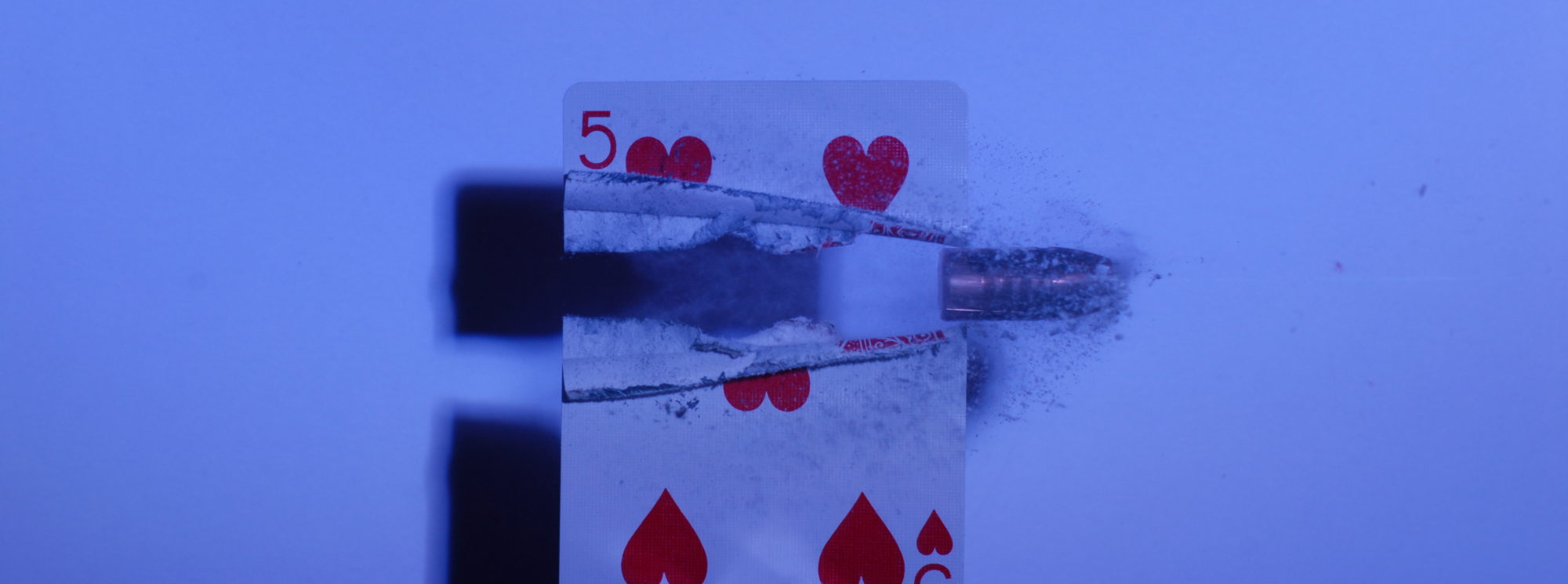Burn Rate Charts are very useful tools when trying to identify all the powders that may be worth testing for a given load. However you will notice that every Burn Rate Chart ever published has a disclaimer “Do not to use for establishing chart weights”. So how is a Burn Rate Chart useful to anyone when developing a load?
Burn Rate Charts provide a relative burn speed of a powder in relation to the other powders on the list. The exact burn speed of a powder may very depending on Lot, Load it is used in, and the target pressure of the load. There is no universal test that can be used to rank powders. So ranking of the powders is relative, and you may find that a powder is slightly slower burning than another in one load and slightly faster in a different load.
The way this Relative Burn Speed Chart is set up allows a Load Developer to identify the fastest and slowest burning powder that he has load data for. For example, if he’s consulting a Western Powders Load sheet he might find that he has data for LT-30 and A 2495. With the fastest burning powder and the slowest burning powder identified he or she can define a Burn Speed Window that is drawn across the chart. All the powders within this window are deemed candidates for testing with that particular load, regardless of the brand. Additionally you may extend the bounds of the window to the next faster and next slower powders listed in order to test powders that may be on the limits for the load.
From there the developer can research the powders and determine which powders are good candidates for testing. With these candidates the developer can look up load data for the powders within the window using published manuals. Where published load data doesn’t exist, tools such as QuickLoad can be used to help establish a safe starting charge for that powder. Sometimes QuickLoad does not have the powder, and you need to try and establish a safe starting load for the unknown powder.
A Burn Rate Chart can give you clues about what that charge may be, but you always should be conservative in your estimates. If the fastest burning powder calls for 23.0gr start charge, and your unknown powder is indicated as being on the slower side of the window, a 23.0gr charge may be a safe starting point. However both powders are similar in burn speed then you may want to reduce the load by 10% to try and ensure it is a safe start charge.
A Burn Rate Chart should never been the only tool you use during your load development. I made this mistake once, and ruined a $700 test barrel, a $3,000 transducer, and embossed the head of a brass cartridge on the face of a hardened steel receiver. No one was hurt, but I was pretty embarrassed. The culprit? When reading the Burn Rate Chart I got WC 680 mixed up and though it was WC 860.
Now that you know how to use one, here’s where you can view our chart.
